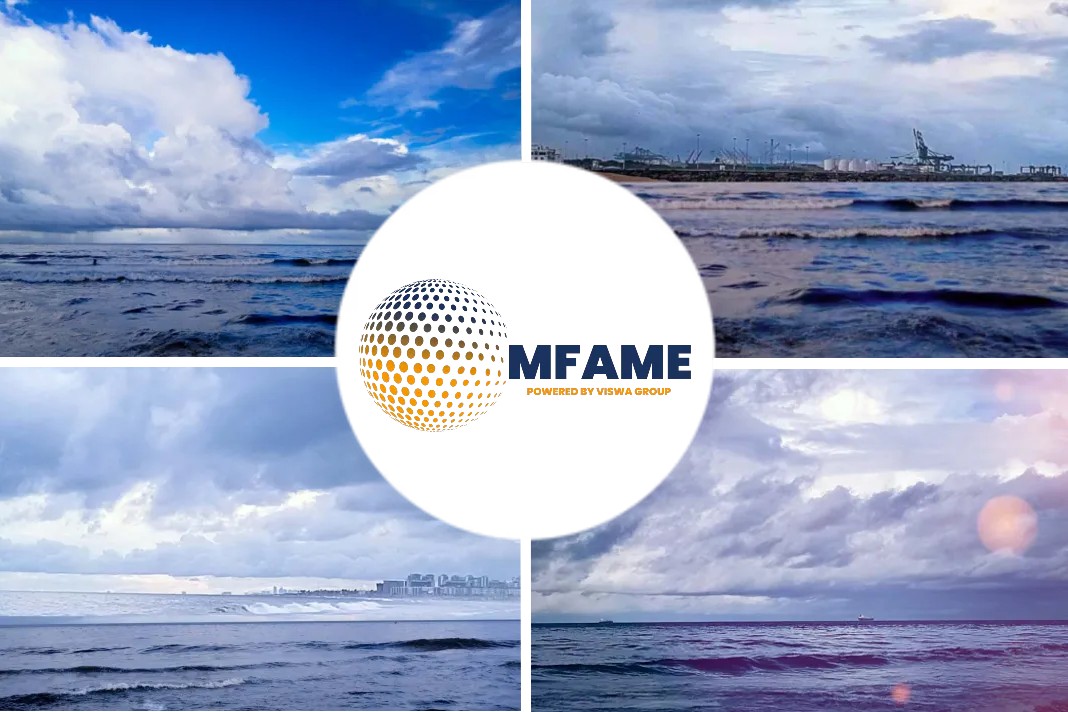
In response to critical water scarcity concerns and the need for environmental preservation, the Panama Canal Authority has announced significant modifications to the Fresh Water Surcharge (FWS), effective October 1, 2023. These adjustments aim to ensure the sustainability of this vital global trade route while providing cost relief for canal customers. The pancanal source.
- The Panama Canal Authority is reducing the Fresh Water Surcharge to address water scarcity and maintain environmental sustainability.
- Customers will benefit from a 50% reduction in the variable rate, lowering transit costs for vessels.
- Record dry conditions in 2023 and the El Niño phenomenon have strained water resources, prompting proactive measures by the Canal Authority.
Managing Maximum Drafts for Environmental Sustainability
The Panama Canal Authority has taken a significant step toward environmental sustainability by announcing modifications to the variable component of the Fresh Water Surcharge (FWS), effective from October 1, 2023. These changes aim to address the impact of reduced rainfall on water levels in Gatun Lake and ensure the continued operation of this vital interoceanic waterway.
Variable Rate Benefits
As part of this adjustment, Panama Canal customers will experience a substantial reduction of approximately 50% in the variable rate compared to the existing formula. This move is expected to have a notable positive impact on shipping costs and transit fees for vessels passing through the Canal.
Mitigating the Effects of Drought and Climate Variability
Dwindling rainfall patterns have significantly affected water availability in the Panama Canal’s lake system, a primary water source for over 50% of the population. To safeguard the waterway’s operation, the Canal introduced measures like the Fresh Water Surcharge in 2020, tying the charge to the current water resource availability during transits.
Challenges Amidst Record Dry Spells
The year 2023 marks the driest period since the Neopanamax locks reached full operational capacity. As a result, the Canal’s reservoir levels have been progressively decreasing. Climate experts are closely monitoring the situation, particularly the El Niño phenomenon, which is expected to exacerbate water availability challenges in the coming months. The Canal Authority remains committed to managing these challenges effectively and sustainably.
Did you subscribe to our daily newsletter?
It’s Free! Click here to Subscribe!
Source-pancanal






















